![Jerry Hammes.com [Logo]](../../../images/logo.jpg)
|

|
Pics
[Back to topic list] [Back to Kankakee Everglades Topic]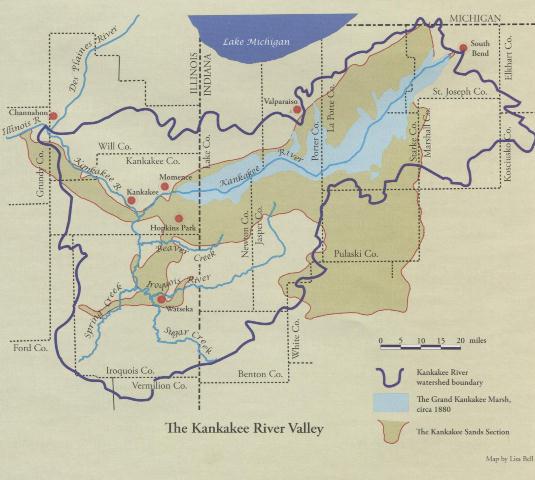 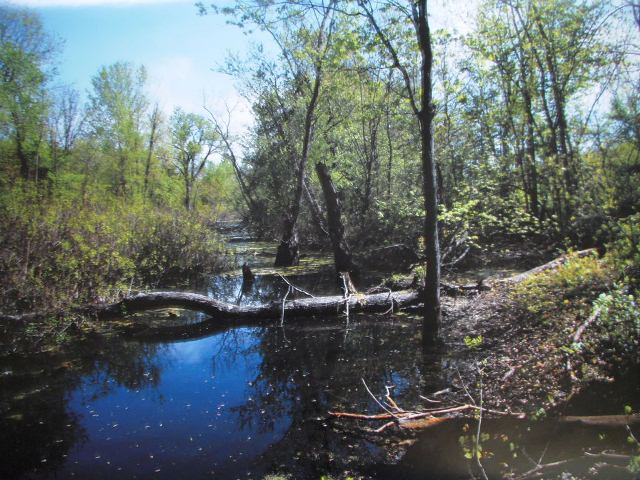 Old River bed taken on Isaak Walton League property about 15 feet from the river today in Shelby Indiana     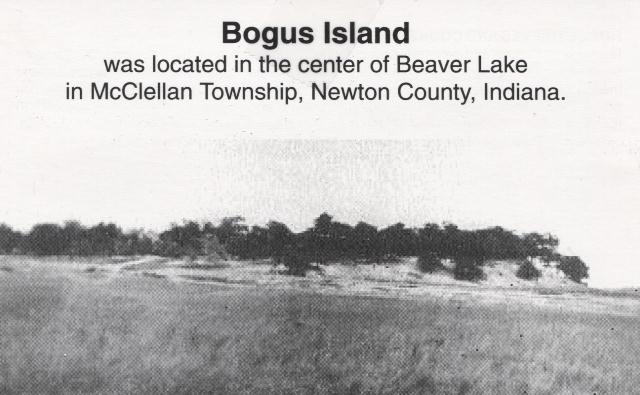   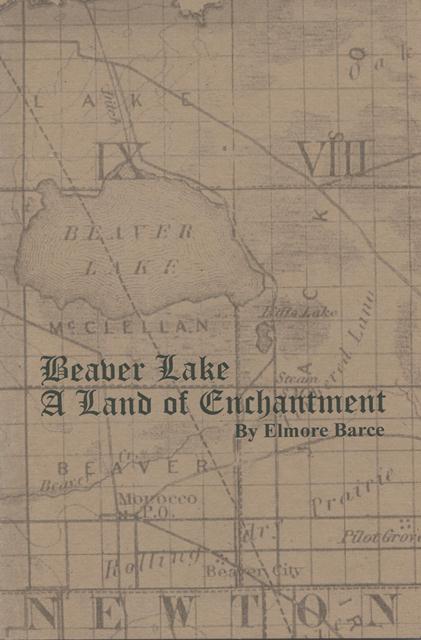  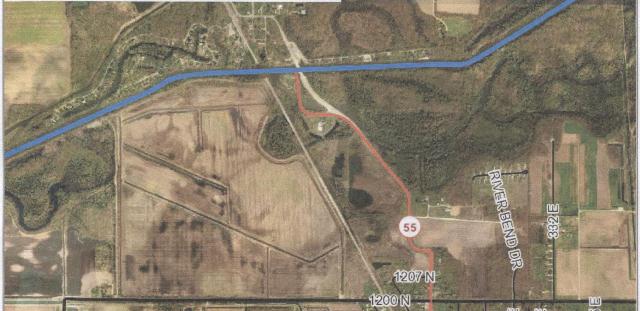 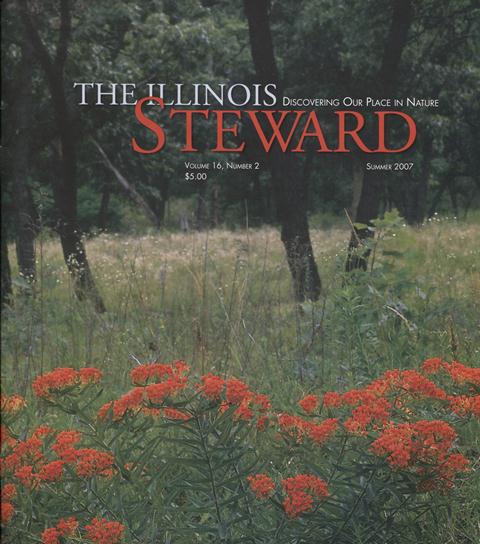  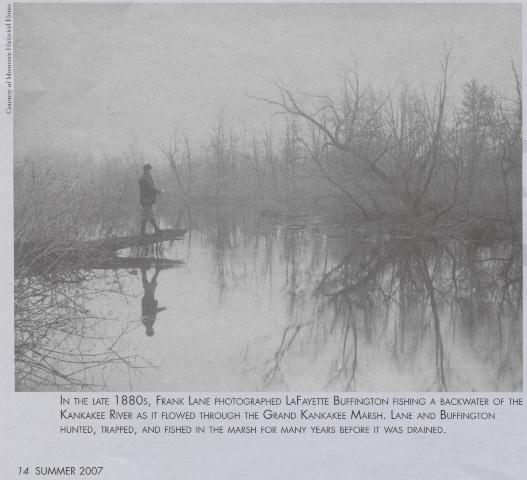 Everglades of the North Grand Kankakee Marsh documentary to air this week on WNIT By MARGARET FOSMOESouth Bend Tribune 5:13 a.m. EST, January 13, 2013 Starting with a trickle on South Bend's west side, the Grand Kankakee Marsh once encompassed nearly a million acres of wetlands in northwest Indiana and eastern Illinois. Its existence was a key factor in the founding of South Bend in the early 19th century as a fur trading post and frontier village. Then humans started fiddling with nature, draining the wetlands and dredging the wild, winding river into a ditch. The marsh gradually vanished, leaving flat prairie. Late last year, Merrillville, Ind.-based Lakeshore Public Television premiered a documentary, "Everglades of the North: The Story of the Grand Kankakee Marsh," produced by filmmakers Pat Wisniewski, Brian Kallies, Jeff Manes and Tom Desch. The one-hour film will be rebroadcast on WNIT Television at 10 p.m. Monday and 6 p.m. Jan. 20. The film recounts the largely forgotten history of one of the richest wildlife habitats that ever existed in North America, a huge wetland tract that resembled the now-protected swamplands of the Everglades in Florida. It's a story that's been mostly forgotten in the South Bend area, a city founded in part because of its proximity to the natural riches of the Kankakee region. The Kankakee provided food and supplies for centuries for American Indian tribes. After the arrival of white settlers, the wetlands provided hiding places for counterfeiters and other criminals. Still later, it attracted well-heeled sportsmen from across the country who visited to fish, and to shoot water fowl and other game. The marsh was drained and the river dredged in the late 19th and early 20th centuries, uncovering vast areas of rich Hoosier farmland. But the marsh and most of its abundant wildlife were lost. The Ken Burns-style documentary provides many dramatic details, including land speculation, a legal standoff between Illinois and Indiana, and the draining of Beaver Lake, the largest natural lake in Indiana. The marsh was a major stop-off point for North American migratory birds. At times, flocks of birds 300 miles in length and a mile wide blackened the sky above the marsh, the documentary reports. The wetlands served as "Chicago's food pantry," with water fowl and game animals killed in the marsh during the day shipped by train and served at Chicago restaurants that evening. After the great Chicago fire of 1871, the Kankakee's woodlands provided timber for the city to rebuild. On modern Indiana maps, it's listed as the Kankakee River Ditch. A look at Google aerial images shows the narrow, straightened route of the river through Indiana, but the meandering route of the original riverbed is still visible from the air. When the Kankakee reaches Illinois, it suddenly looks like a curving natural river again, because the dredging project stopped at the state line. South Bend owes its founding largely to the proximity of the St. Joseph River, which flows into Lake Michigan, and the nearby Kankakee, which flows westward. In Illinois, the Kankakee joins the Des Plaines River to form the Illinois River, which flows into the Mississippi. The short distance between the St. Joe and the Kankakee provided a portage, a convenient overland route that allowed fur trappers to canoe from Lake Michigan up the St. Joseph River, cross over to the Kankakee, then travel all the way down the Mississippi to the Gulf of Mexico. Randy Ray, executive director at the Center for History in South Bend, is among those interviewed in the documentary. He's fascinated by the history of the Kankakee Marsh and started researching it years ago. "It became obvious there was a huge story nobody ever talked about," he said of the largely forgotten former marsh. The center's permanent exhibit includes a section on the Kankakee, its wildlife and the draining project. There's a diorama visitors can step into that re-creates a river dredge boat surrounded by marshland. The first ditches were dug in 1858, and the project was complete by 1920. People of today can learn from the past, including the decision to drain an irreplaceable natural resource, Ray said. "It provides a testament to the fact that there always needs to be a contrarian voice. Somebody needs to take a hard look at the long-term effect," he said. Significant good also came from the draining project, in the form of tillable farmland that supported a growing population, Ray said. "The moral of the story is 'think about it long and hard before you undertake (such a project).' See if there is a balance between the two extremes," he said. Copyright 2013 South Bend Tribune |
 |
 |
 |
 |
 |
 |
 |
 |